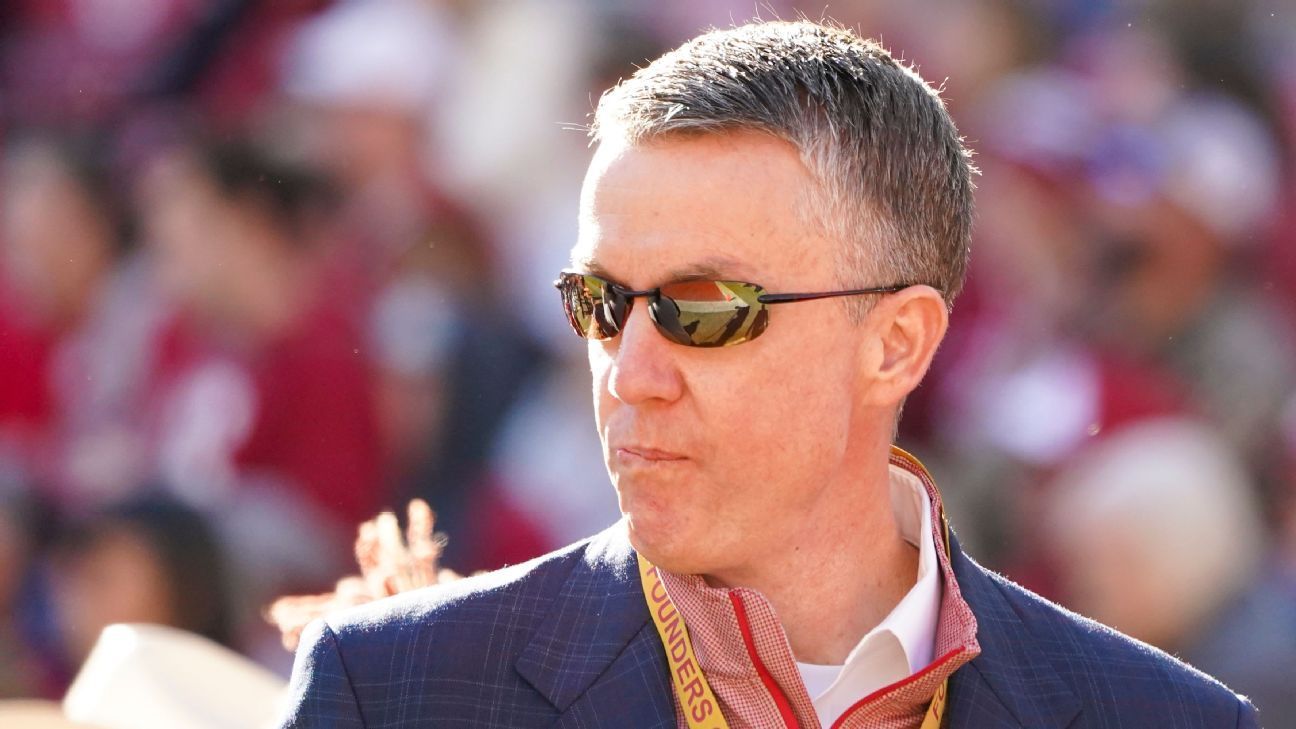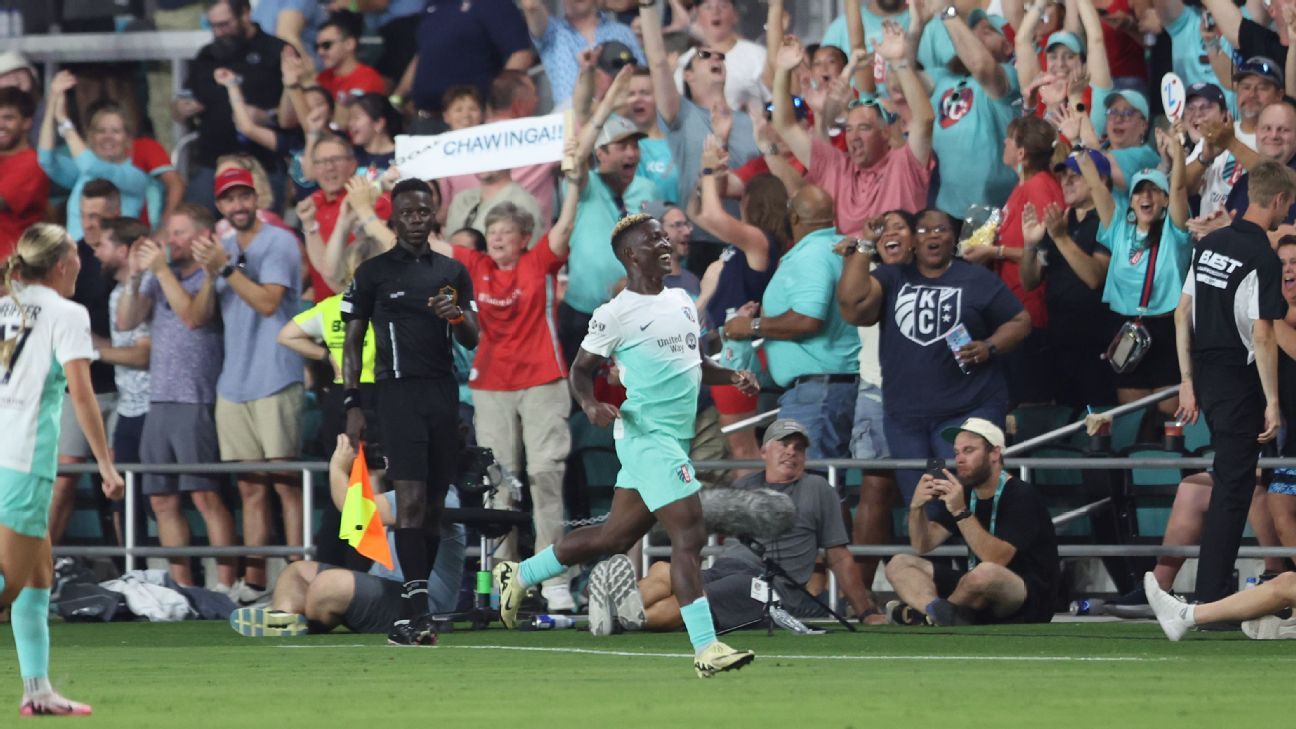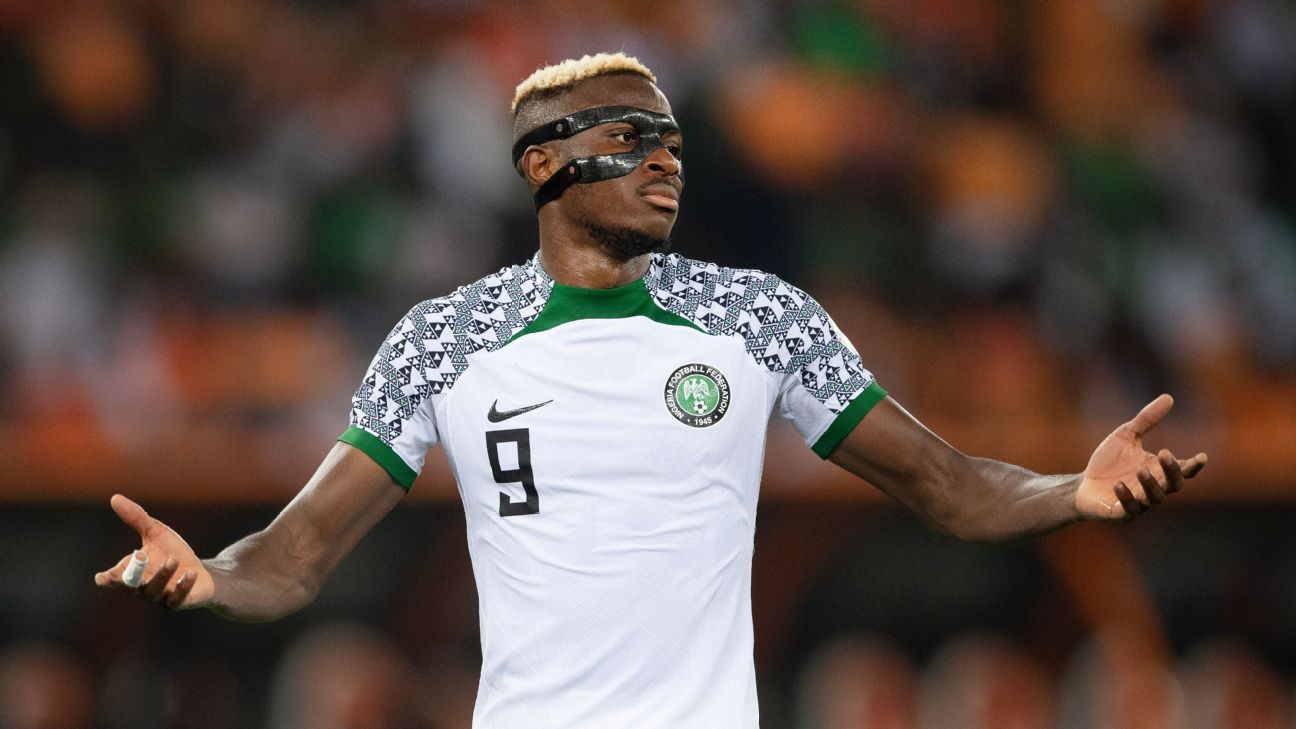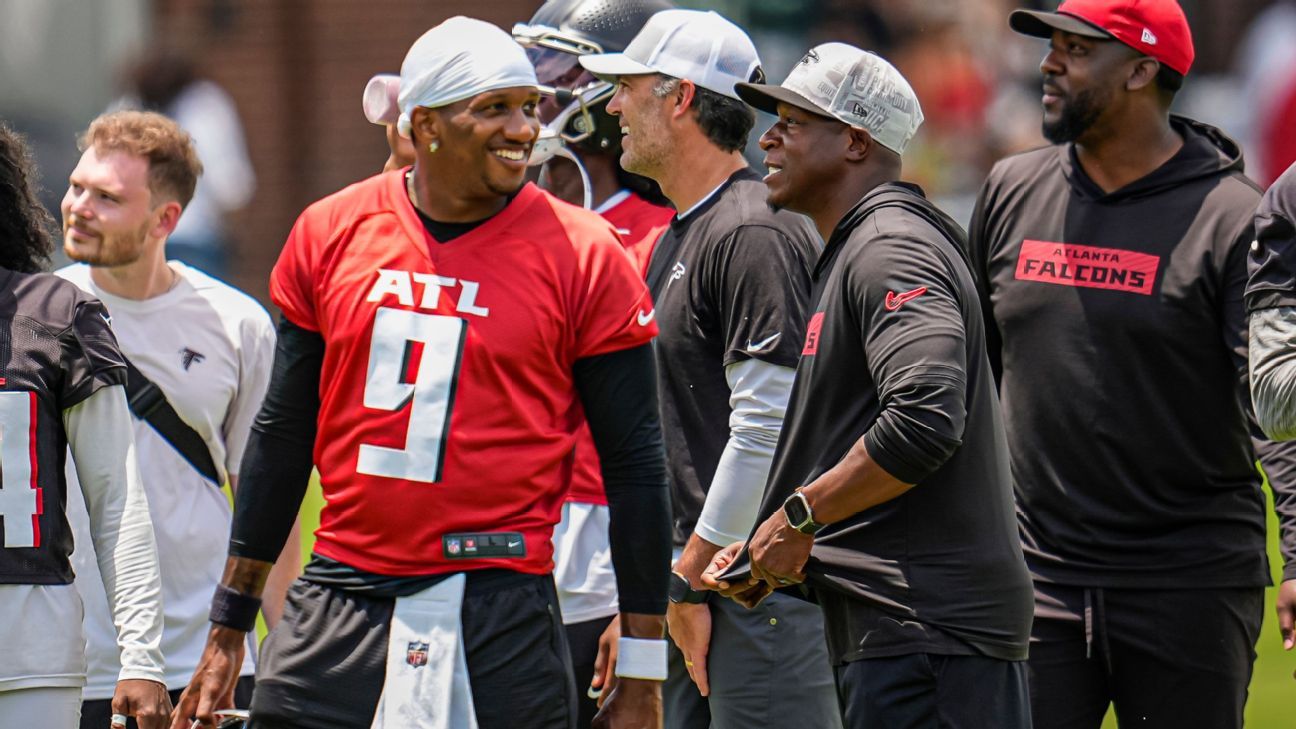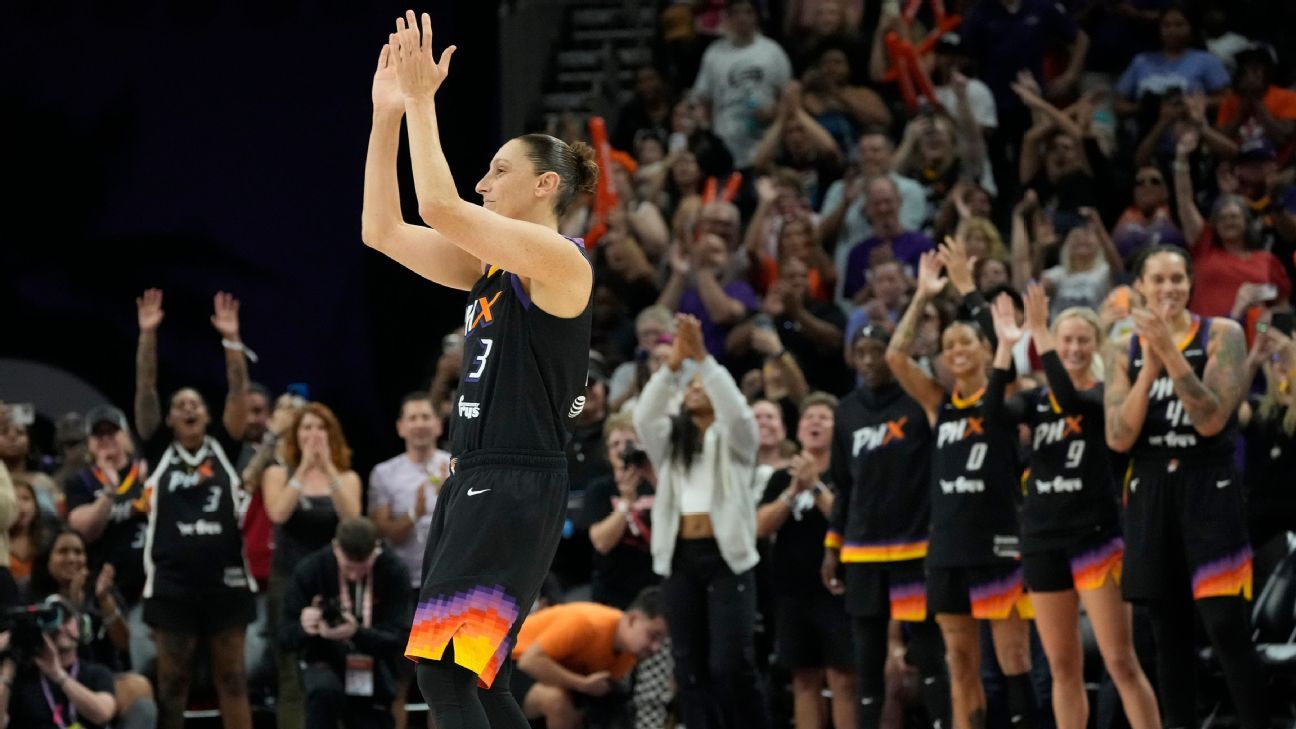The Atlético Director of the University of Alabama, Greg Byrne, has worked in university athletics for more than three decades, including the previous periods such as the announcement of Arizona and the state of Mississippi.
He has seen everything, at least until Friday night, when he officially faced a new challenge: paying university athletes directly, or more specifically deciding which Alabama teams would pay directly and how much, in an effort to maintain the entire operation.
Claudia Wilken, a federal judge in California, approved an agreement on Friday between the NCAA and the athletes who established an income exchange system that allows the athletics departments to pay around $ 20.5 million directly to their players. The agreement lasts 10 years and the money is expected to increase annually.
While university athletes have been receiving external payments by their name, image and likeness, the so -called house settlement allows it to come from school coffers (media rights, ticket sale, etc.). What was once not regulated now is mostly regulated.
The null agreements will have to go through a compensation house to determine if they are in line with the real support or the promotional value, for example, Caitlin Clark and State Farm, and not only a solution for reinforcements to pay for recruits.
It remains to be seen if all this can resist additional legal challenges, practical operational concerns and/or schools that follow the rules. However, the potential magnitude of the case of the house is indisputable.
“I tell our coaches and our students: 'The three most important events in the history of university athletics are, first, the Foundation of the NCAA [1905]second, the adoption of title IX [1972] And all the opportunities that were created for that and, thirdly, the house settlement, “Byrne told ESPN.
Byrne welcomes an established system to replace the “fluidity” of recent years and is happy to pay athletes. But in the first line of implementation, athletics directors have to make this work.
“It's a challenge,” he said.
Start with this: Not all athletes will now be paid. In fact, the vast majority will not.
Byrne has to weigh how to assign the $ 20.5 million in a way that makes more competitive and financial way for Alabama. The school has a powerful football program, but also has another 20 teams, including recent national champions in softball, gymnastics, female golf and male golf. Male basketball also reached the final Four 2024.
Alabama, like many other important universities, tries to win in everything.
“I tell our coaches: 'We have no sport here at the University of Alabama just to have a sport,” said Byrne.
However, for generations, it has been a sport, football, which has won most of the money to finance those other teams. Alabama, like most places, only saw football ($ 26.4 million) and male basketball ($ 5.9 million) offers profits in fiscal year 2024, according to public records. All others lost, sometimes millions, female basketball, for example, reached $ 4.2 million.
Department's expenses ($ 262.8 million) exceeded revenues ($ 234.8 million) for a $ 28 million deficit. That is $ 13 million the previous year, mainly, the school says, due to the unique costs associated with Nick Saban retirement.
No one is going to cry for the crimson tide, but with a new expenditure of $ 20.5 million that reaches budgets (and increase every year), even the largest schools are cutting the staff, reassessing funds and trying to discover how to properly plan a new world while maintaining traditional success.
Does that mean investing almost everything in football and male basketball, thus leaving other teams out of money, despite possible complaints? Does it mean cutting programs? Can places maintain robust support systems in, for example, nutrition or mental health?
The ancient form was not “fair” for soccer and male basketball players, who did not have an option since the money they generated was spent elsewhere, but the case of the house doubts whether the participation of a wide base, much less success, is possible.
Ohio State, for example, Fields 33 university teams. Boston College has 29. Stanford 36. Do some of them need to move to club program status?
Or he says in this way: if this is a “challenge” even in Tuscaloosa, imagine what everyone else faces.
“How do you keep your long -term healthy department so you can continue offering opportunities?” Byrne said. “In the past, we try to be all for all people. Each coach will want to share income for their athletes, and I do not blame them.
“But if the goal is to have as many programs as you can,” he continued, “you will have to be strategic.”
An approximate initial estimate within the industry is that 75% of the $ 20.5 million will be assigned to football players, 15% to male basketball, 5% to female basketball and 5% to other sports: softball, volleyball, hockey, football, lacrosse or any specific sport prioritizes a specific sport.
In practicality, athletics directors throughout the country believe that this number will bow further in football and male basketball because the success there generates the sale of tickets, marketing dollars, revenues of goods and the necessary donations to underpin the entire company. A dollar invested in a large field or shipowner will produce financial yield. A dollar invested in a swimmer will almost surely do not.
Even in the largest schools, there is a finite amount of money, and now a hole of $ 20.5 million to fill.
Nobody wants to cut sports. Nobody wants to undermine certain teams. University athletic leaders entered the business to supervise more sports and more athletes in more ways, not to hire or pinch cents.
However, the business is a business, and university sports became even more about business.

